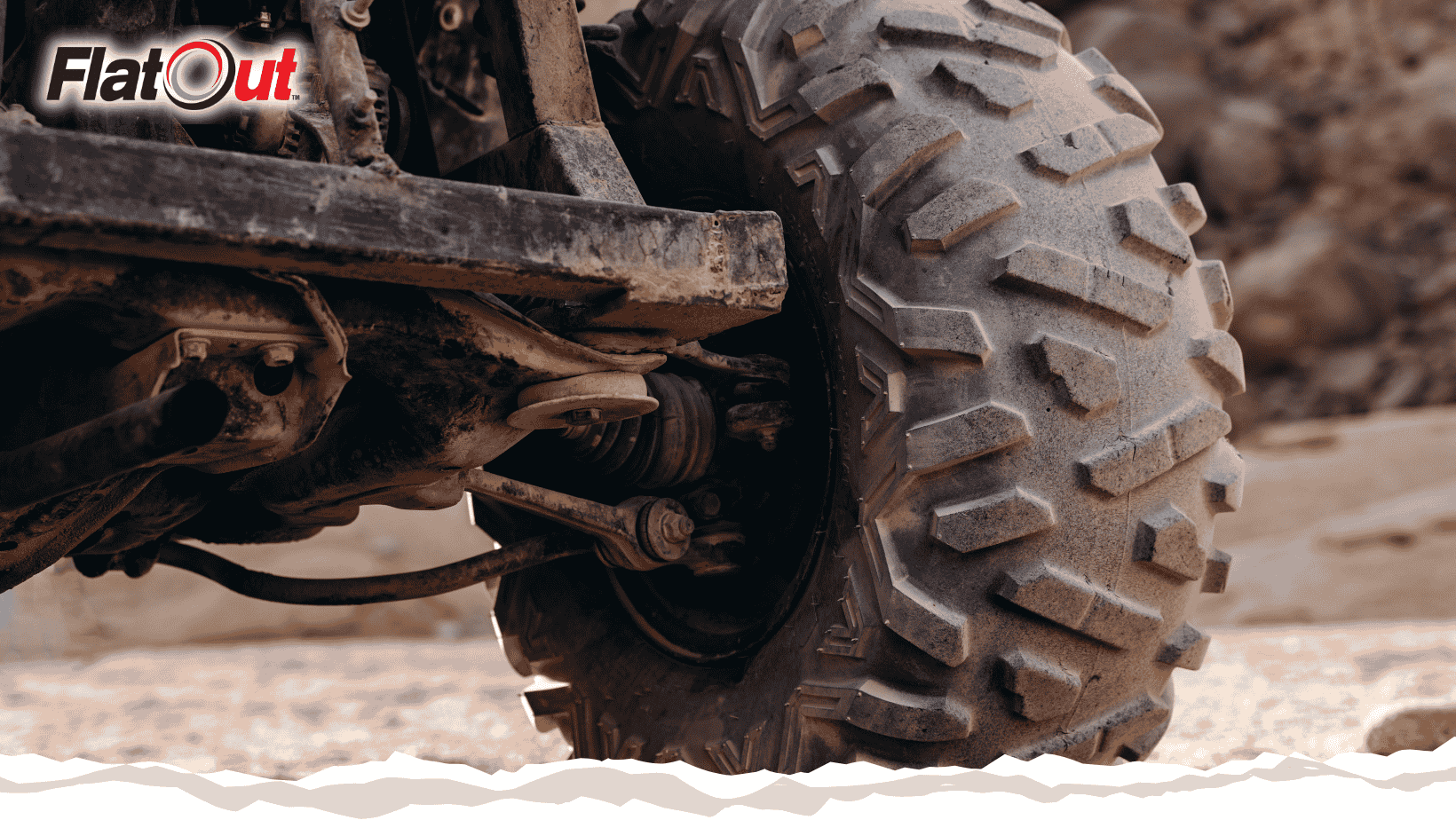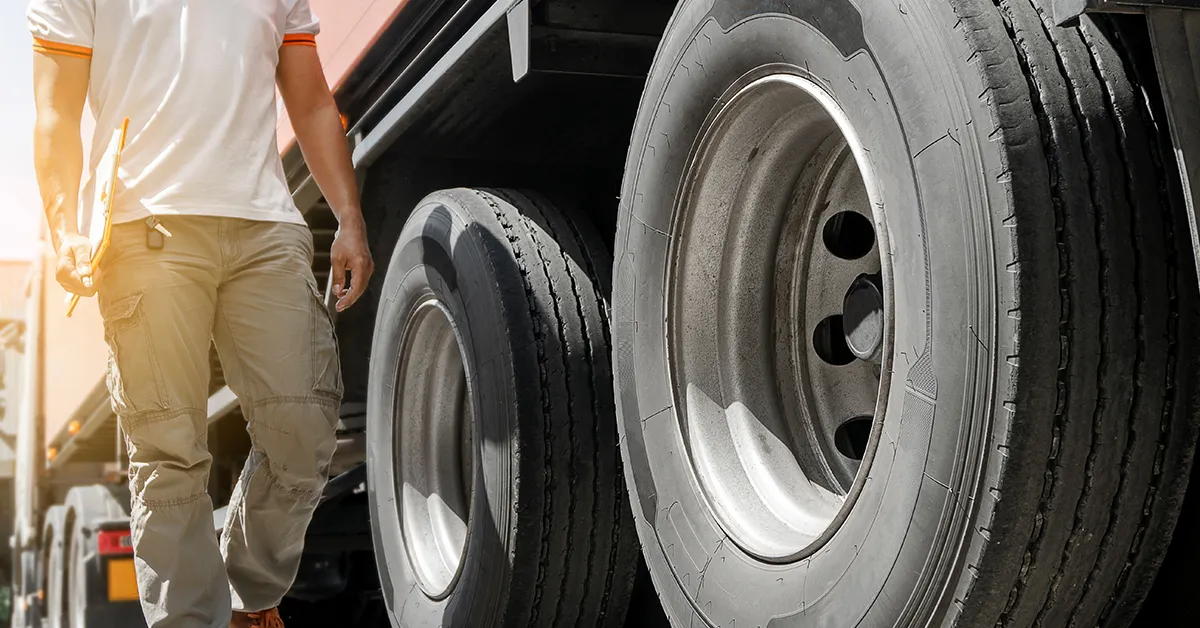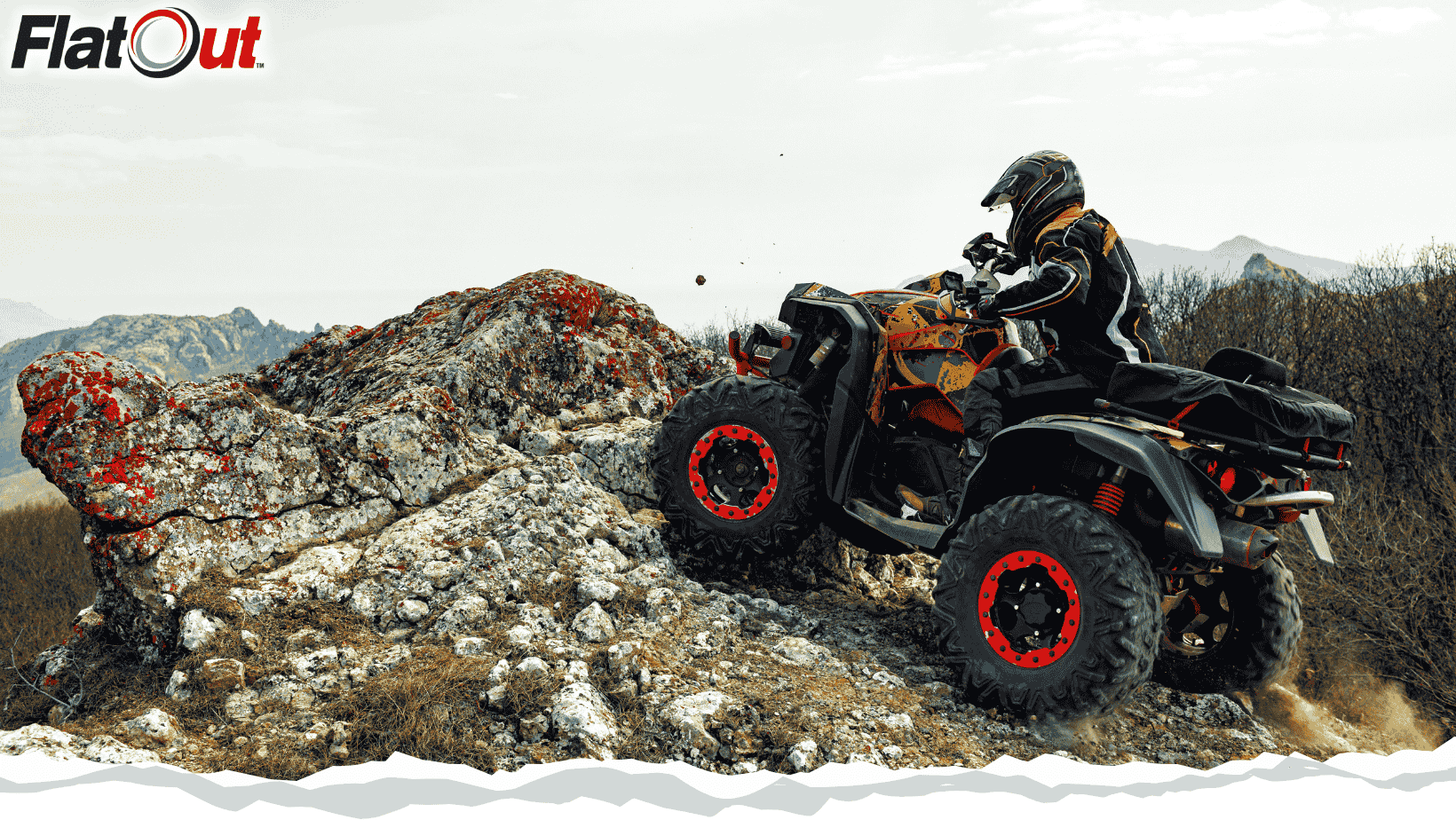
What to Avoid in a Tire Sealant
When it comes to protecting your tires, not all tire sealants are created equal. While some sealants promise to get

Questions have arisen about the relationship between sealant usage and chamber fires in retreading tires operations. The following discussion will review the operating environment in modern retread plants and the chemistry of combustion as related to sealants and chambers operations. It will show that it is practically and chemically impossible for a sealant to cause fires in a chamber.
The scope of this paper is limited to modern, water / glycol-based sealants. It is not intended to address other types of sealants or sealant/inflators. A modern sealant is defined as one in which the active components are suspended in a thickened mixture of water and glycol. Two glycols are commonly used: Ethylene Glycol (EG) and Propylene Glycol (PG).
Occasionally, statements are made to the effect that “sealants cause chamber fires.” This is something that MULTI SEAL® does not wish to ignore or take lightly. Due to the importance of the issue, a somewhat detailed explanation of the retreading tires process and combustion chemistry is necessary. It is important to note that while details may vary from process to process, the fundamental procedures in all retread systems are similar.
The first step in the process of retreading tires is cleaning both the inner and outer surfaces of the tire. Washing and vacuuming are the most common methods used. After washing, the tire should be visually inspected for defects such as sidewall tears, inner liner delamination, tread separation, and so forth.
Following the visual inspection, a check for punctures should be made. A few methods, all of them nondestructive, are available. However, Hawkinson NDT is probably the most common. In this method, electrically charged chains and wires are dragged along the inner surface of the rotating tire. A puncture will allow a spark to pass from the chains to ground, producing both light and sound to alert the tire technician. If sealant or other conductive solution is present, the charge will be dissipated and there will not be a spark. In at least one process, puncture inspections are augmented with x-ray and laser analysis to find hidden signs of damage.
After defects and punctures have been identified and marked, the tire is mounted vertically on a wheel and slowly rotated against a high-speed grinding wheel as part of the process of retreading tires.This removes the remaining tread 2 and brings the wheel down to a precise diameter. If the sealant remains in the tire, the sealant will create a mess by dripping onto the mounting wheel and floor when the tire is removed.
Any punctures or other defects in the tire (now called a casing) are repaired. The type of repair will vary depending on the defect. If it is small enough (3/8 inch or less), it can be repaired with a rubber plug. The hole must be reamed out prior to plug insertion. If the casing is to be patched or sectioned, the inner surface around the hole must be cleaned and buffed. The damage can also be “buzzed out” or “skived” followed by the appropriate filing. In all of the repair procedures, the sealant must be removed from the casing in order to make the repair. Thus, no sealant will be present in either the casing nor the hole.
Following repairs, the casing is again mounted vertically on a wheel and slowly rotated during the process of retreading tires. A thin layer of heat-softened rubber is applied over the buffed surface remaining from tread removal/sizing. Once again, sealant remaining in the tire will create a mess by dripping onto the wheel and floor when the tire is removed.
In some systems, the casing with the rubber layer attached is mounted on another wheel and slowly rotated as the new tread is applied on top of the rubber layer. The tread is cut at a precise length and the space between the ends is filled with rubber and stapled together. As before, sealant remaining in the tire will create a mess by dripping onto the wheel and floor when the tire is removed.
The carcass/envelope assembly is placed into the chamber—an essential step in retreading tires—where the vacuum is maintained. In the Bandag and Goodyear systems, rings are placed over the tire bead to trap and seal the edge of the envelope between the ring and the bead. The Michelin system uses a second envelope placed inside the carcass. In all cases, a vacuum is pulled between the tread and the envelope(s). This pushes the tread firmly onto the carcass.
The carcass/envelope assembly is placed into the chamber where the vacuum is maintained while pressure in the chamber is raised to approximately 85 psig and the temperature is raised between 250° F and 260° F. At this point, the vacuum is turned off and the assembly is held at pressure and temperature for around 45 minutes. Note: Some systems use cure temperatures near or slightly below 200° F. At this temperature, cure times increase to as much as 3 hours. After cooling slightly, the retreaded tires are removed for a final inspection.
As explained above, depending on the system, there are 4 to 5 steps during which any sealant left in the carcass will cause problems with expensive equipment and sensitive operations. It is unlikely that much if any sealant could make it to the chamber.
Nevertheless, for purposes of this discussion, we will assume that a tire makes it all the way to the chamber with a full load of sealant. Additionally, we will assume that a full load of sealant is 52 fluid ounces. Now, let’s take a look at what would be required (by irrefutable laws of chemistry and physics!) for the sealant to cause a chamber fire.
A review of basic combustion chemistry, the chamber and chamber operating conditions will be helpful here.
In order for combustion to take place, two things must be present: Oxygen and fuel. Additionally, the fuel must be in the form of a vapor. Believe it or not, liquid gasoline will not burn! If we could see a cross-section of a cup of burning gasoline, we would see that there is a layer of vapor on the surface of the liquid. That vapor is the liquid gasoline that has evaporated. Likewise, for the sealant to burn, the glycol must evaporate. Furthermore, it must do it quickly. In order to evaporate quickly enough, the glycol must approach its boiling point.
The boiling point of EG at atmospheric pressure, is 388.4o F and for PG it is 372.2° F. It would, of course, be significantly higher at 75-85 psig. Based on readily available boiling point data for water at pressure, we can project that the boiling point of the glycols should be around 580° F at 80 psig. But remember, even at atmospheric pressure, the temperature in a chamber is not high enough to boil either one of the glycols. In fact, at normal operating pressure, it is not hot enough in a chamber to even boil the water! At 85 psig, the boiling point of water is 328° F…63° F higher than the highest temperature in the chamber. But, even if the temperature in the chamber were high enough to boil the water, all the water would have to boil away before the temperature of the glycol could start going up to its boiling point.
There are two other temperatures to consider. They are the flashpoint and the auto-ignition temperature. The flashpoint is the temperature at which something will burn if an ignition source is present. In other words, it is the temperature to which something (in this case, glycol) must be heated in order to burn if it was touched with a flame. The flashpoint of propylene glycol is 228.2° F, which is below the temperature in a chamber. However, there is no source of ignition.
The auto-ignition temperature is the temperature at which the proper mixture of glycol vapor and air will ignite without a separate source of ignition. For ethylene glycol, it is 748.4° F and for propylene glycol, it is 699.8° F …almost 3 times the maximum temperature in the chamber.
Finally, both the oxygen and the fuel must be mixed in a somewhat narrow proportion. Think of the air/fuel ratio in an automobile engine. Too much fuel and not enough air…no burn! Too much air and not enough fuel…no burn!
In the double envelope (Michelin) system, as well as the older rim/flange/bladder system used on bias-ply tires, the inner and outer surfaces of the tire are under a vacuum. No oxygen is present. Thus, even if a sealant was present, it could not burn. Once the vacuum is turned off, sufficient air would have to seep into the envelope to support combustion. In the Bandag/Goodyear ring system, the inner surface of the carcass is exposed to 85 psig air…oxygen is present. Nevertheless, for reasons discussed below, the sealant would not burn unless large volumes were present and large volumes of the glycol evaporated.
As mentioned above, in order for combustion to take place, it is necessary to have a high temperature, have the glycol in a vapor state and have the right mixture of vapor and air. The range of this mixture is called the explosive limit and it is listed as the “lel” (lower explosive limit) and the “uel” (upper explosive limit). Below the lel there is insufficient vapor for ignition. Above the uel there is insufficient oxygen for ignition. We will discuss the lel. For reasons that will become obvious, we will not need to discuss the uel.
The lel for propylene glycol is 2.6. This means that the vapor must reach a concentration in the air inside the chamber of at least 2.6%. The volume of a chamber in a modern retread plant is approximately 1,130 cubic feet. When compressed to 85 psig, this volume of air weighs about 91 pounds. At 2.6%, we would need 13.73 pounds of propylene glycol or 29.5 lbs. of sealant.
To put it another way, almost 9 tires, each containing 52 ounces of sealant would have to be in the chamber and all the sealant would have to evaporate to total dryness. The circulating fan insures that the air/glycol vapor ratio in the chamber will be uniform. As mentioned above, the percentage of glycol vapor must reach 2.6%. If the circulating fan blows this air over the actual heating coils there would be a source of ignition. But, that is quite a few “if’s.”
There is no doubt that chamber fires can and do exist, and MULTI SEAL® does not imply otherwise. We are not in a position to say what causes chamber fires. We do not know all the things that can get onto or into a tire. Nevertheless, we do know glycol chemistry and we can say what it does not do. Operating conditions of the chamber and the chemical properties of glycol-based sealants combine to make combustion caused by the sealant highly unlikely, if not outright impossible. It is not practical to believe that housekeeping would be so poor and technicians so negligent that enough sealant could be left in enough tires to reach the critical percentage of glycol in the air. It just doesn’t make good sense.
Nevertheless, this does not mean that it is acceptable for a recapper to leave residual sealant in the tires. Proper removal is mandatory. Correct procedures and equipment maintenance demand clean tires, free of all foreign material in the casing and any punctures that have been sealed. This is essential for safety and quality when retreading tires, where cleanliness and proper preparation are critical to the success of the process.

When it comes to protecting your tires, not all tire sealants are created equal. While some sealants promise to get

Now that spring is right around the corner, it’s time to load up your equipment and hit the trails. But